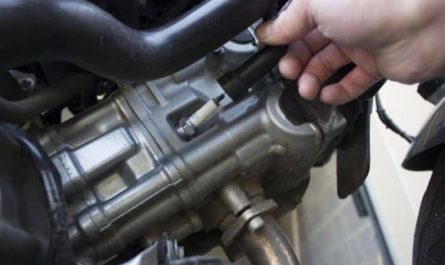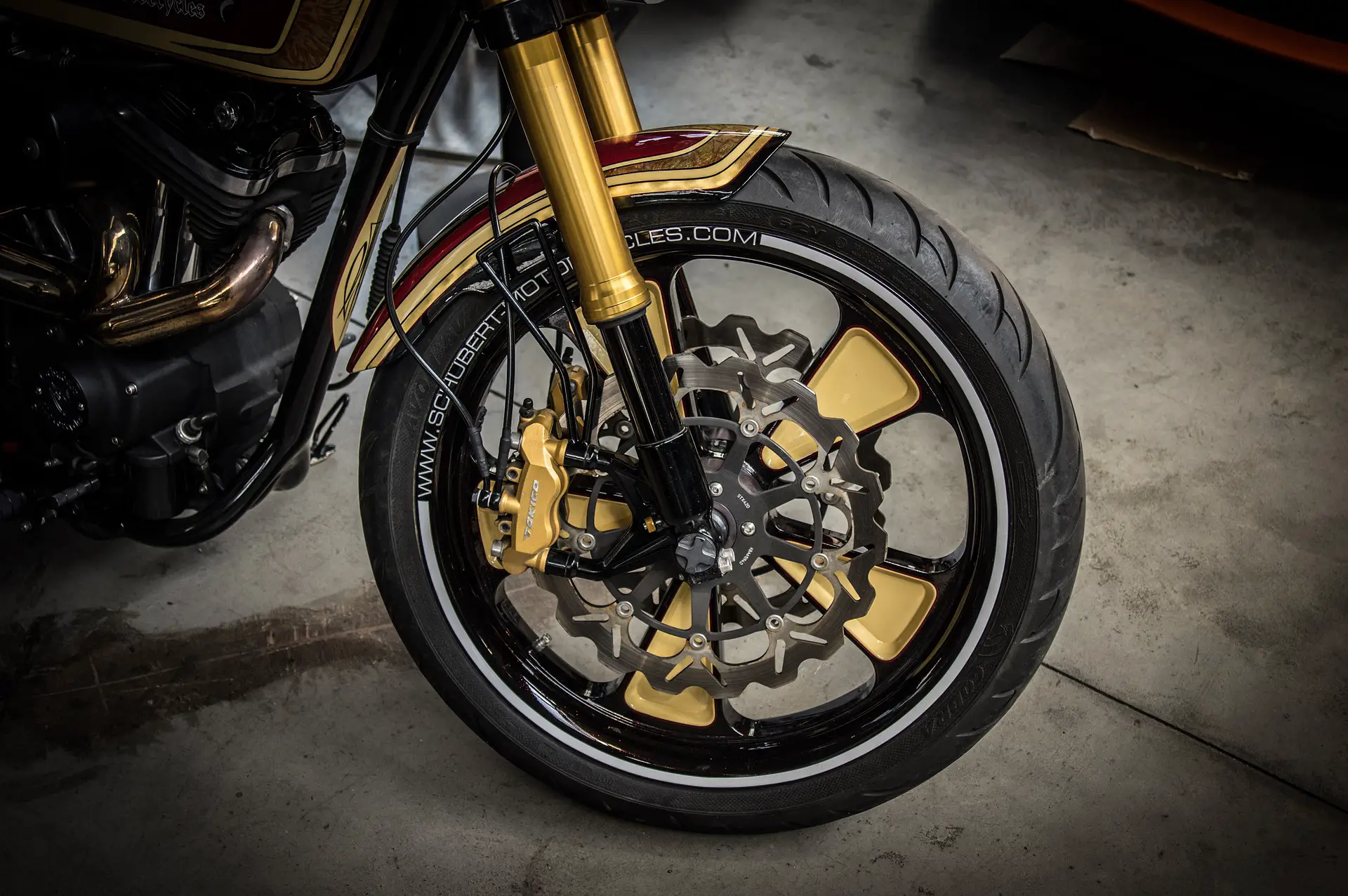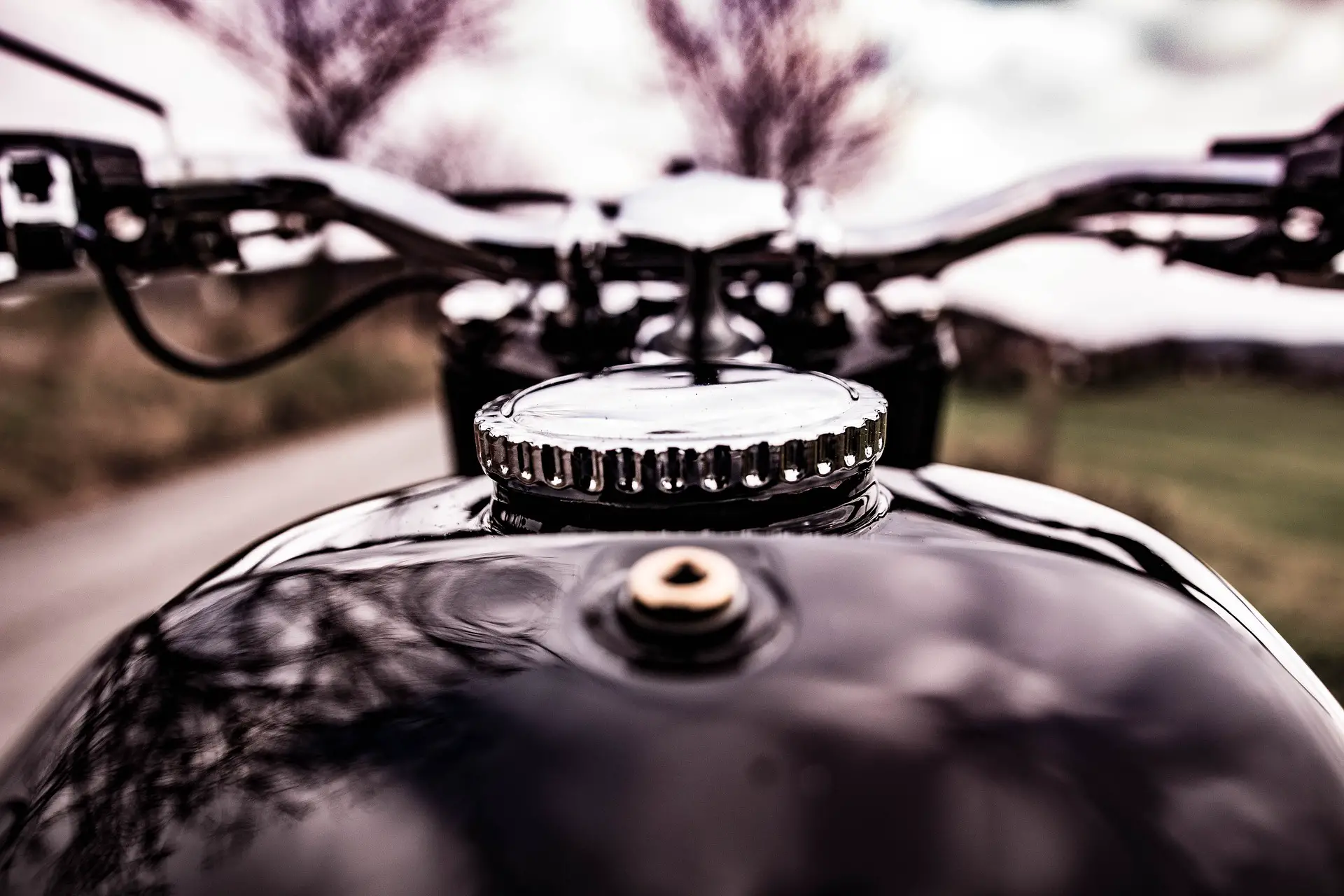Our motorbike, our preferred means of transport. We got it as a gift or we saved up to have it. Despite all its power, it can still fail. Failures can be caused by a malfunction, by any accident or following a natural disaster. It may happen that our motorcycle takes on water. This phenomenon is not an isolated case. Whether it is after a heavy rain or because of a flood the problem remains the same. Since not all parts are waterproof, some parts may retain water. We can say that not everyone has the necessary skills to check the mechanics and to overcome this problem.
We are therefore looking by all means for tips that can help us to solve this main without breaking the bank. In addition, we know exactly that we must act as quickly as possible. Here are 5 tips to solve this problem of water infiltration in your motorcycle.
The 5 tips to solve your motorcycle problem that has taken on water
Following the exposure of your motorbike in torrential rain or after swimming in a pond, your motorbike starts badly or no longer starts. You have tried as best you can all the possible manipulations but nothing helps. Here are five points that might help you overcome this.
1. Disassemble the motorcycle
After the water has infiltrated, it is logical that the motorcycle must be dismantled to gain access to its internal components. Water could still be present there. Get the necessary tools for this. When you are not too mechanical, you can get lost easily. Do not hesitate to ask for assistance because dismantling is one thing, reassembling is another. To effectively remove the water residue, the motorcycle must be turned over and kicked. Before that, don't forget to remove the candles.
2. Dry the components
This step is one of the most crucial steps. Drying time is not defined so it's up to you. Since the time required varies according to the season. After dismantling the motorcycle, allow the components to breathe in the open air. Let the lower engine and upper engine dry. Don't forget to dry the carburetor as well. To speed up the process, you can give the water nozzle and the entire circuit a little blower.
3. Cleaning
This step makes it possible to eliminate the deposits of impurities following the passage of water or following a mixture of water and dirty particles. To do this, take a dry, clean cloth and scrub all the walls and all corners of the motorcycle as well as its components. It is therefore necessary to clean the carburetor, the spark plugs which are dirty and the filter if it is not defective. You can also use a blower or vacuum for parts that are difficult to access.
4. Carry out an oil change
A drain is necessary to remove impurities in components that contain oil or fuel. You must therefore perform it on the carburetor since water and gasoline do not mix. After that, a gear oil change, the presence of water in the overflow could cause difficulty in starting. After the oil changes, let dry and fill the components with the appropriate oil. Remember to top up the crankshaft and cylinder with oil.
5. Change parts
Parts that are worn out once they take in water may be faulty or rusty. It is therefore necessary to carry out some checks. First, check your electrical circuit, make sure everything is dry and functional. If this is not the case, do not hesitate to replace the defective elements. Also check if you need to replace the spark plugs. To know if a candle is still functional, its electrode must be coffee-milk-colored and the assembly must not be clogged. Also, don't forget to check your air filter, change it if it is no longer in order.
Some tips to help you save your motorcycle from water infiltration
This type of problem can happen to anyone, so it deserves to follow a few instructions to get your motorcycle back up and running. When a motorcycle takes on water, it is seldom that it gets away unscathed. Until now, few manufacturers offer a 100% waterproof motorcycle.
First of all, it is necessary to dry the internal components of the motorcycle, replace defective parts and check whether the crankshaft is not rusted due to the passage of water.
After disassembly, you must make sure that everything is in place, that all the parts are still in good condition. After having dried the whole circuit, it is advisable to apply anti-humidity.




